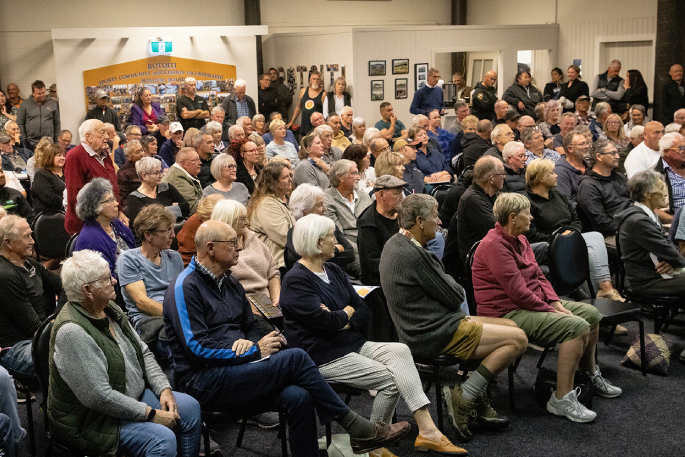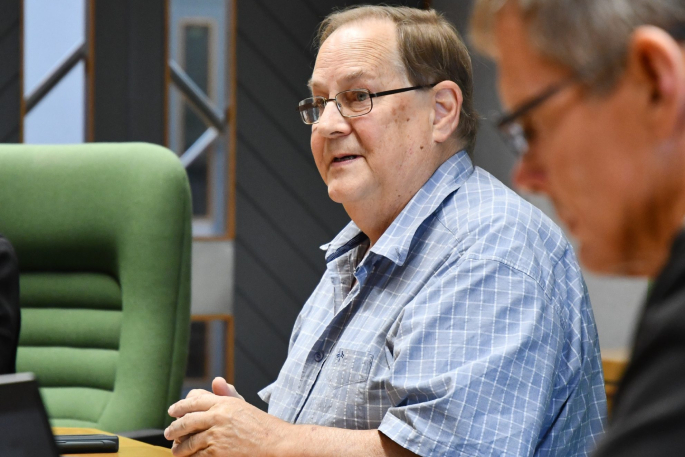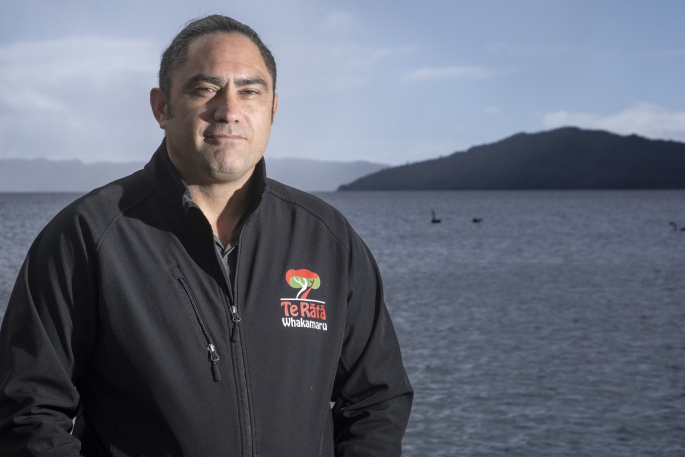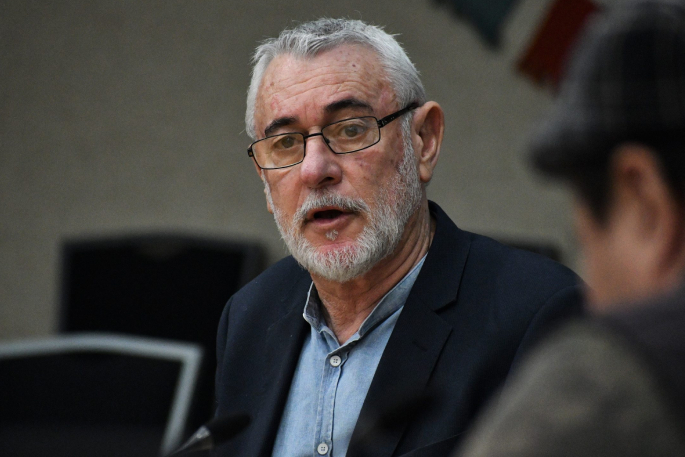Two lakeside communities facing bills of up to $88,000 for a sewerage scheme say the council knew about a budget blowout three years ago - but residents were kept in the dark.
Costs have jumped dramatically for the systems aimed to improve water quality in the small Rotorua lakes communities of east Rotoiti and Rotomā.
Initial estimates put the cost at $14,000 to $25,000, if paid off over 25 years, per household.
The latest cost estimate of $45,000 or $88,000 could cause mass non-rates payments and create “abject poverty” in the low-income communities, one advocate warns.
The council said it had always acted in good faith, provided information when asked, and initial estimates were provided with a “significant degree of uncertainty”.
Costs had been “significantly impacted” by weather that caused the highest lake levels since the 1970s, supply chain disruptions through the Covid pandemic, and high inflation on goods and services, it said.
Discussions for how east Rotoiti and Rotomā should deal with its sewage began about 20 years ago, but the $35m scheme to reticulate the communities with on-site systems and a local treatment plant started in 2014. It aimed to improve water quality.
 Rotorua Lakes Council long-term plan community meeting at the Rotoiti Sports Club. Photo / Andrew Warner.
Rotorua Lakes Council long-term plan community meeting at the Rotoiti Sports Club. Photo / Andrew Warner.
Residents learned last month of the final cost through the draft Long-Term Plan 2024-2034.
It could cost about $30,000 if the council secured an extra $10 million government loan.
Payments would begin in July if approved by elected members.
The community fronted council staff and elected members at a heated public meeting and council staff said it had not previously provided a final cost, and increases were due to delays and resource consent compliance. Inflation accounted for $9.7m.
‘Blindsided’ by latest cost estimate
Rotorua Lakes Community Board chairman Phill Thomass told Local Democracy Reporting the two communities were “in panic”.
It was a low-income area with many retirees. Much of the land was leasehold.
Rotoiti-Rotoehu had an average yearly income of $28,700, while Rotomā was $23,800, according to the last Census.
“So it just shows you how impoverished the area is.”
 Rotorua Lakes Community Board chairman Phill Thomass. Photo / Laura Smith.
Rotorua Lakes Community Board chairman Phill Thomass. Photo / Laura Smith.
Thomass said the community would have struggled to afford $14,000 each.
Council meeting documents show the initial concept scheme estimates noted a 30 per cent cost uncertainty and included no forward inflation provision. The council believed it would fall within this in August 2020.
By February 2021 tenders were being evaluated for the Rotoiti installations and by April 2021 it was expected to be $15m over the estimate.
Price changes over seven years totalled $7.7m of this variance, as the 2019 cost provided to residents was based on a 2014 concept.
The 2024 final cost was $56m.
Thomass said people in the community had repeatedly asked the council for an updated figure over the years, but none was provided. The new “unaffordable” figure “blindsided” them, he said.
He forecasted mass rates non-payments.
“All they’re doing is committing their community to abject poverty.”
Thomass recognised inflation played a part in the cost increase as well as unforeseen costs such as how groundwater “rose dramatically” last year during extreme weather, as the council had explained.
He attributed about $2m extra to the latter, adding weeks to what should have taken days, but believed the cost should be shared by the wider district instead of the 770 property owners.
“It is unfair and it’s unreasonable.”
The council was contributing $1.15m to the now $56m scheme; the Bay of Plenty Regional Council $8.6m; the Ministry of Health $4.4m; and the Ministry for the Environment $11.5m.
Lakes council asked the community in its draft plan whether it should adjust for inflation to total about $1m, and be paid off by a Lakes Enhancement targeted rate increase to the wider community.
It was also working to secure an additional $10m loan from the Government.
Hundreds call for cost to be shared
Lake Rotoiti Community Association committee member Tom Macky said
the last direct communication with residents was in 2021 and estimates varied, with and without GST included, which was confusing.
“They didn’t even tell us the scheme was over budget.”
Its submission included asking for the funding shortfall to be shared by the entire district.
Arapeta Tahana (Ngāti Pikiao) said letters were sent out in 2021 advising there was a cost overrun, but with no details provided there was an assumption it would not impact ratepayers.
He said they were told they would be advised of any significant overruns. Iwi had no problem with the purpose of the scheme, he said, but did with the cost.
 Arapeta Tahana stands at Lake Rotorua. Photo / Andrew Warner.
Arapeta Tahana stands at Lake Rotorua. Photo / Andrew Warner.
“One of the poorest communities, and charging three times what they said they were going to pay.”
About 30,000 hectares in the area was Māori land, mostly Ngāti Pikiao or Ngāti Rongomai, and belonged to about 50 land trusts.
Last week 237 submissions were handed in at the council, with about 95 per cent wanting to speak at the upcoming hearing.
Each was individually signed by residents or by people with close ties to the Rotomā community.
“Matters are more precisely known” now, council says
Rotorua mayor Tania Tapsell said the scheme’s costs were significant and issues could “only be resolved by working together”.
“I have reminded the new Minister for the Environment of our continued requests for the reallocation of $10m to this project, as originally planned.
“This reallocation of funding will relieve some of the burden on these locals.”
She said the new council chief executive, Andrew Moraes, was tasked with ensuring the best outcomes for residents and that costs in its control were managed in the best way possible.
Council infrastructure and environment group manager Stavros Michael said the council had “at all times acted in good faith”.
Michael said the council had regular contact with community groups, iwi, the community board and property owners.
The council was “very aware” of community concerns on costs, he said.
Wastewater reticulation schemes were costly for reasons such as regulatory compliance, ground and locality conditions and community expectations including cultural impacts and the actions required for mitigation.
 Rotorua Lakes Council infrastructure and environment group manager Stavros Michael. Photo / Laura Smith.
Rotorua Lakes Council infrastructure and environment group manager Stavros Michael. Photo / Laura Smith.
The alternative to reticulation would be on-site effluent treatment systems, and installation cost and maintenance would be on the property owner.
The scheme was constructed in “strict adherence” to all resource consent conditions and various iwi agreements and the Cultural Management Plan.
Michael said an update on “emerging increased actual costs” was provided to elected members and members of the iwi liaison group in 2021.
These were identified early after the resource consent conditions were granted and the effort to get the extra Crown funding began, and property owners were advised, he said.
Initial estimates were provided on a concept design with a “significant degree of uncertainty”, and final costs would not be be determined until the project neared completion.
“We now believe we are close to securing the support of the current Minister for the Environment to reallocate further funding support as requested.”
The council sent 27 project updates to property owners and community groups since 2015, he said, and had hosted public meetings.
Michael said there could have been more communication about the costs and external funding updates.
“Where information has been sought it has been provided.”
The draft long-term plan was the “current point of the process where all matters are more precisely known”, and feedback was sought to inform council decisions.
Contractors paid for installation error remedial works.
LDR is local body journalism co-funded by RNZ and NZ On Air.




0 comments
Leave a Comment
You must be logged in to make a comment.